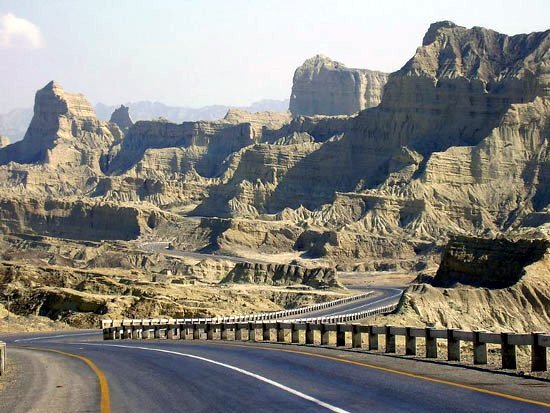Archaeological survey sheds new light on ancient societies in southeast Iran

TEHRAN – Archaeologists have discovered new evidence of prehistorical architecture and pottery belonged to societies once lived across Sefidkuh in Makran region, southeastern Sistan-Baluchestan province.
The survey, which was the second one conducted across Sefidkuh, yielded new archaeological and anthropological evidence from lesser-known Sefidkuh communities, with the invention of circular architecture as the most notable aspect which is still practiced in the region.
Fragments of a particular type of pottery often called “Londo”, were also discovered in Sefidkuh region, and the pottery pieces may be date from the Copper Age, Stone Age, or Bronze Age, which their chronology will be determined and announced following subsequent investigates, IRNA quoted Hossein Vahedi, who led the 2nd season as saying on Tuesday.
“In the mentioned area, a total of 9 archaeological sites were studied, including cemeteries and settlements from prehistoric, historical, and Islamic times. It is hoped that information from this season of archaeological studies will soon lead to the registration of the three unique villages [on the national cultural heritage list],” Vahedi said.
“The outcomes of absolutely the chronology assessments will quickly open a brand new window in our discipline”, Vahedi mentioned according to the Archaeology News.
“Londo pottery is one of Baluchestan’s native potteries and may be discovered within the early layers of the Tepe Yahya of Kerman, the Kaftary site in Fars, and throughout western Pakistan together with the world of Jahawalan, Budi Buti and Las Bella, Domb Kouh website, Hezar Mardi in Bampur and the Give Citadel space in South Khorasan.”
“This [kind of ancient] pottery is the second-largest pottery group [so far been founded] within the Persian Gulf, the Oman Sea and the Makran area, which testifies to the commerce between the folks of the area.”
“Because of the discovery of glass bracelets, pottery fragments and anthropological proof alongside the recognized round grave specimen, examples of that are present in neighboring areas equivalent to Pakistan and Oman (areas equivalent to Haif, Umm al-Anar, and Jalan) within the prehistoric time interval, it’s possible that the Makran area, and particularly Sefidkuh, was dominated by semi-nomadic communities and was one of many essential areas of commerce between the southern marginal communities of the Persian Gulf and the communities of Sistan-Baluchestan, and neighboring areas.”
Elsewhere in his remarks, the senior archaeologist pointed to areas yielded proofs of prehistoric settlements, saying:
“We recognized twelve areas with proof of prehistoric (Epipaleolithic, Neolithic, Chalcolithic) settlement, that are nonetheless inhabited at this time. These twelve settlements are positioned within the mountainous space of Sefidkuh. The names of the villages are Baragdan, Kuchkodam, Koddap, Tangsam, Kopidap, Javanja, Torkeguash, Dangar, Kupchu, Sorkhkalut Patgan, and Siyahdan.”
“On this survey proof of historic and Islamic cemeteries was additionally discovered, in all probability as a result of this area is strategically essential. This space has long been the house of the semi-sedentary nomadic peoples, and these communities nonetheless reside there.”
“We’re nonetheless unable to precisely establish the traditional communities dwelling within the Sefidkuh heights and it’s essential to conduct focused long-term research, in collaboration with the Institute of Archaeology, the Institute of Anthropology and interdisciplinary specialists, alongside the research of up to date fashionable societies dwelling within the area,” he explained.
AFM/MG

Leave a Comment